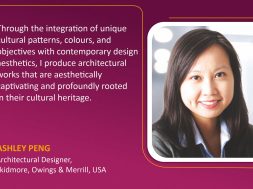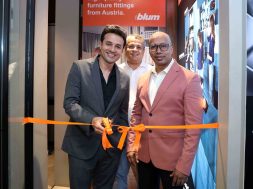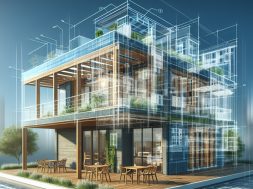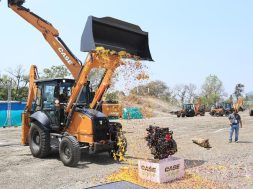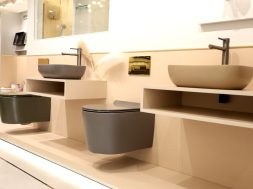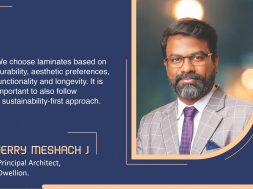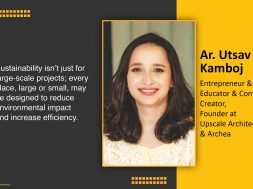Future-forward architecture with generative design and AR
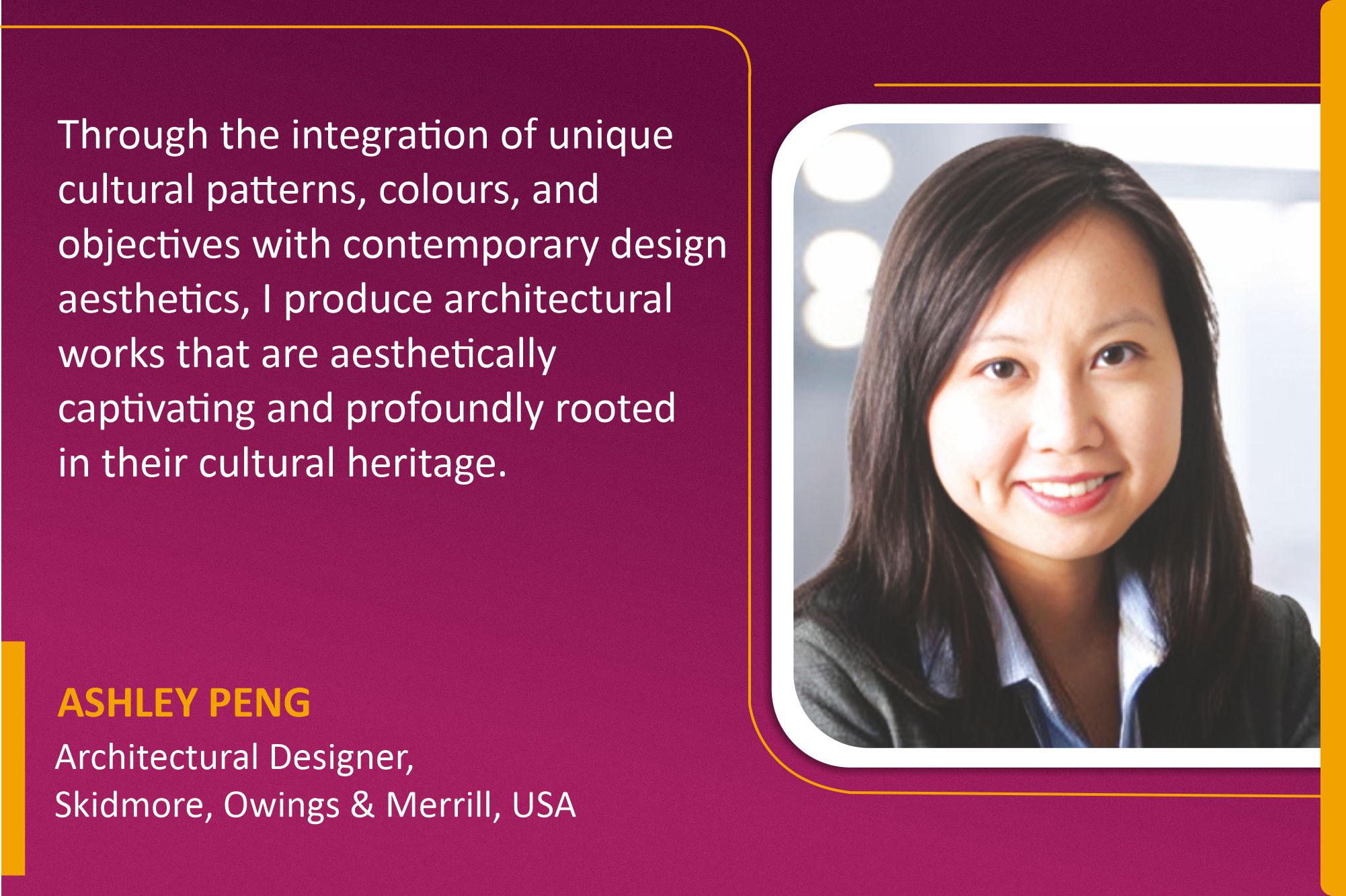
This interaction highlights Ashley Peng’s insights on how innovative techniques and thoughtful research contribute to impactful, eco-friendly architectural projects. In addition, net-zero modern designs with cutting-edge technologies are put into practice.
How do you integrate cultural elements with modern architectural designs in your projects?
I incorporate cultural components into modern designs by incorporating the distinct patterns, colours, and cultural goals in the project’s surroundings. This method enables me to create a unique architectural language that aligns with modern design aesthetics while still reflecting the site’s history and customs. By integrating these cultural components into the design, I can produce visually arresting and meaningful spaces that satisfy contemporary design requirements and strengthen the project’s link to its cultural heritage.
How do you incorporate sustainability into your design process from initial concept to final execution?
We incorporate sustainability into our design approach from the beginning. We aim to create carbon-neutral high-rise buildings by applying creative ideas like green facades with vegetation to enhance energy efficiency and air quality. Furthermore, we ensure that our projects meet LEED requirements, necessitating careful planning and implementation to reduce environmental effects. This all-encompassing strategy guarantees that sustainability is essential to each stage of the design and building process, not just an afterthought.

How is technology influencing the future of architecture and design in your projects?
The future of architecture is significantly shaped by technology thanks to developments in automation, artificial intelligence, and generative design. We develop the building façades using visual programming and computational design technologies to produce elegant and practical designs. Our design process is further improved with augmented reality, which enables clients to engage and experience the design in a virtual environment before the start of construction. These technologies offer creative ideas and improve the client experience, all while streamlining the design process and improving the level of craftsmanship of the finished product.
How do you ensure that your architectural projects positively impact the local community?
To ensure our architectural projects benefit the local community, I fully comprehend the project’s environment, including local cultural dynamics and community needs. This entails conducting research, collecting input, and conducting surveys to determine the community’s needs and values. By incorporating these insights into the design, I guarantee that the project caters to local requirements and improves the community’s standard of living, thereby cultivating a favourable and enduring outcome.
What criteria do you consider when selecting materials for your sustainable projects?
When choosing supplies for sustainable projects, I prefer eco-friendly materials. These include recyclable or reused items, low-carbon emission products, and biodegradable materials. This selection procedure guarantees that the materials selected for the project will fulfil its functional , aesthetic needs and its overall sustainability objectives. By using these materials, we encourage more sustainable building practices and lessen the impact of our projects on the environment.
How do you adapt your architectural approach to different cultural and climatic contexts?
Researching the unique circumstances of each place in-depth is the first step towards adapting to diverse cultural and climatic situations. This entails knowing how the local environment, climate, and culture affect design. I may highlight cultural elements, like historic design motifs or materials, or concentrate on sustainability and energy efficiency to handle climatic difficulties, depending on the project’s needs. This adaptable method guarantees that the architectural design is environmentally conscious and culturally appropriate, producing environments that blend in with their surroundings and serve the neighbourhood’s needs.
Cookie Consent
We use cookies to personalize your experience. By continuing to visit this website you agree to our Terms & Conditions, Privacy Policy and Cookie Policy.
